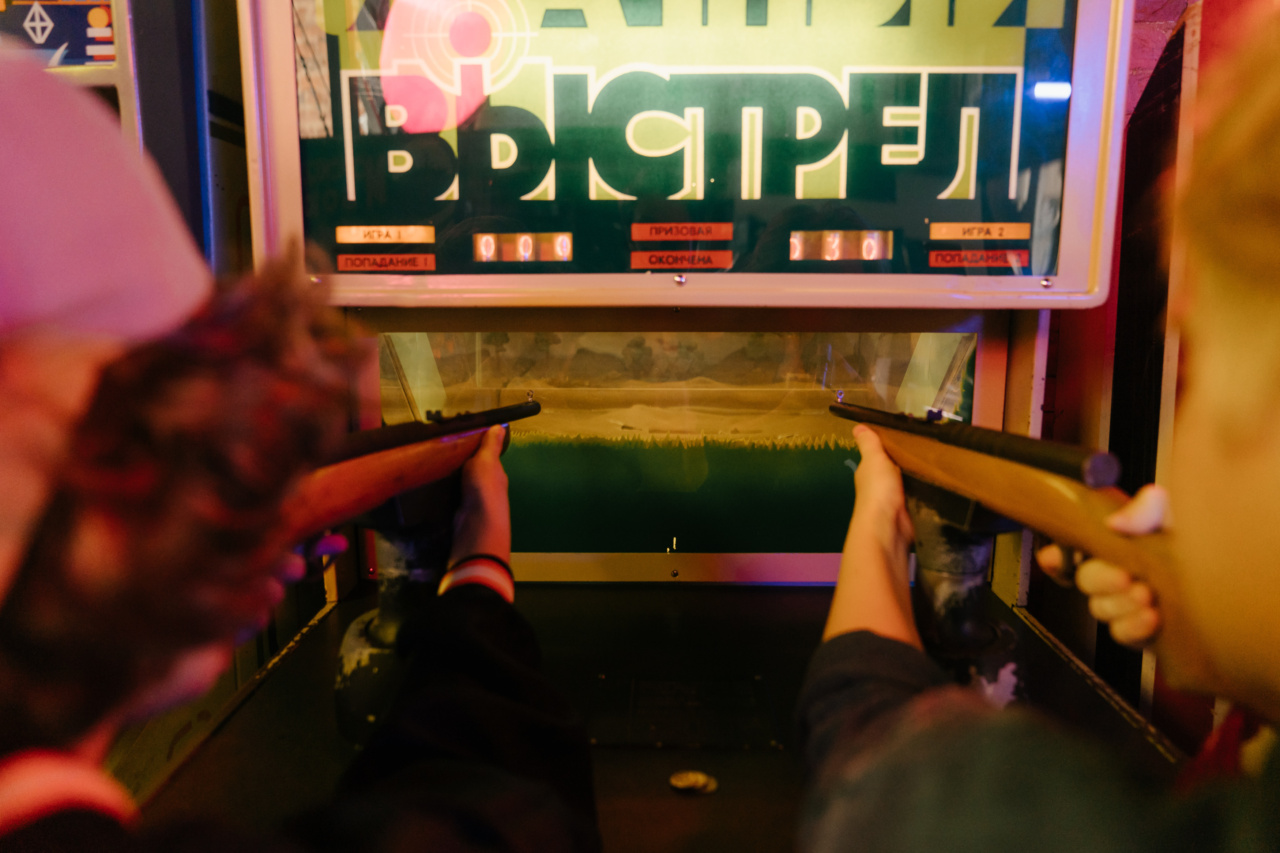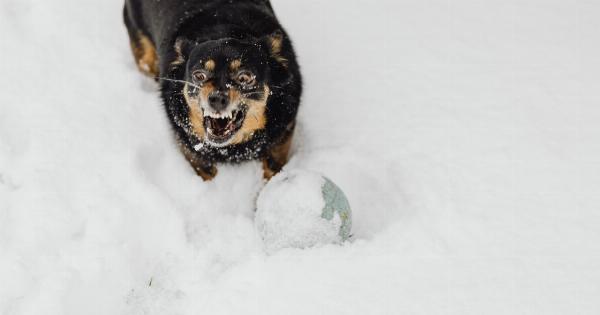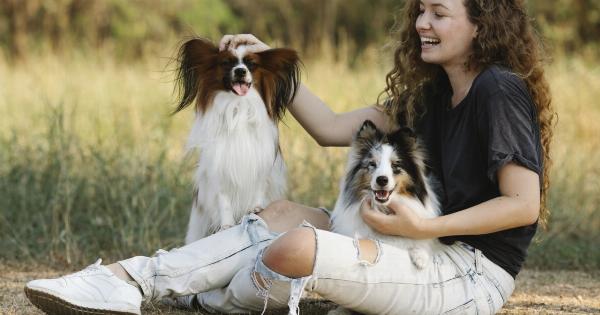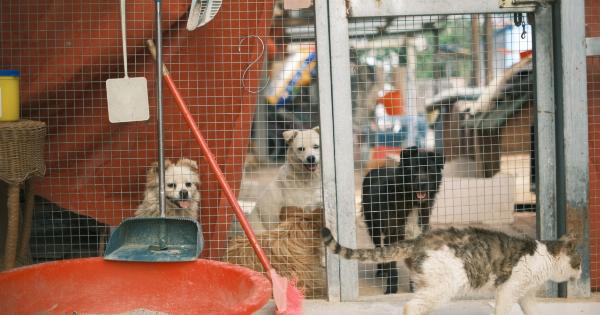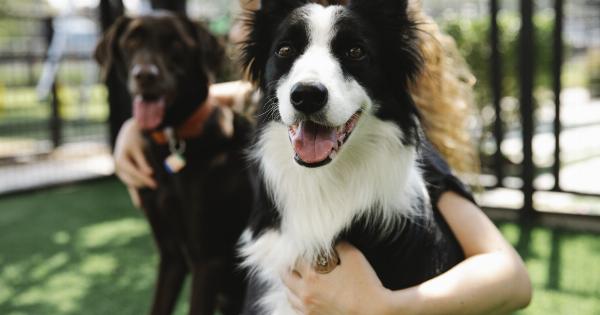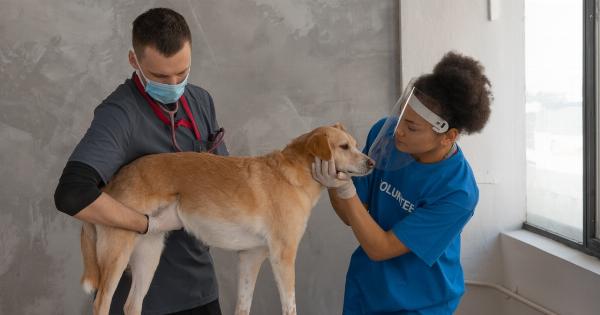Dogs, like humans, go through various stages in their lives. From being a cute little puppy to a mature adult, dogs go through several developmental stages.
One such stage in a dog’s life is adolescence, which is similar to the teenage years in humans. Teenage dogs can be quite challenging to handle, and their behavior can be quite different from their puppy years.
In this article, we will explore what happens when dogs hit the teenage years, and how pet owners can deal with this stage in their dog’s life.
What is the teenage stage in dogs?
The teenage stage in dogs begins between six months to two years, depending on the breed of the dog. During this time, dogs go through a hormonal surge and physical changes that are similar to puberty in humans.
The teenage stage in dogs is characterized by increased energy, playfulness, and curiosity. However, it’s also a time when dogs become more independent, stubborn, and difficult to handle. Just like in human teens, their behavior can be erratic, and they may become rebellious or challenging to train.
What behaviors to expect during the teenage stage?
Teenage dogs can exhibit a range of behaviors that can be quite challenging for pet owners. Some of the common behaviors include:.
1. Chewing, digging and destructive behavior
During the teenage years, dogs can become more destructive and start chewing or digging. They may also display destructive behavior like ripping cushions, shoes, or anything else they can get hold of.
This behavior is often due to frustration or excess energy, and it’s essential to provide them with appropriate outlets to channel their energy.
2. Increased playfulness and activity
Teenage dogs tend to become more playful and active during this stage. They may want to play excessively and may have the energy to run, jump, and play for hours on end.
This behavior is usually a positive sign, and pet owners should provide ample opportunities for their dogs to engage in physical activity.
3. Increased socialization
During the teenage stage, dogs become more curious and start exploring their surroundings more. They may also become more interested in other dogs and people and want to socialize more.
While socialization is essential for a dog’s mental and emotional development, pet owners should monitor their dog’s behavior and ensure they’re not aggressive or overly-enthusiastic around strangers.
4. Incessant barking
Teenage dogs may bark excessively due to anxiety or frustration. They may also bark more when left alone or become hyperactive when they sense someone’s presence.
It’s essential to teach them appropriate barking behavior and ensure they’re not disruptive to others.
5. Increased independence and stubbornness
Teenage dogs may become more independent and stubborn during this stage. They may want to do things their way and may not respond to commands the way they did before.
It’s essential to reinforce training during this stage and ensure that your dog understands your commands.
How to handle teenage dogs?
The teenage stage in dogs can be challenging for pet owners, but with the following tips, it can be easier to handle:.
1. Reinforce training
Training is crucial during the teenage stage, and pet owners should reinforce training and ensure that their dogs understand commands.
Consistency in training is essential, and pet owners should use positive reinforcement methods to encourage good behavior.
2. Provide appropriate outlets for energy
During the teenage stage, dogs have a lot of excess energy that may result in destructive behavior. It’s important to provide them with appropriate outlets for their energy, such as daily walks, runs, or playtime with other dogs.
Providing puzzle toys or interactive games can also help channel their energy positively.
3. Socialize them appropriately
Socialization is crucial during the teenage stage, and pet owners should ensure their dogs are exposed to various people, animals, and environments.
However, it’s important to monitor their behavior and ensure they’re not aggressive or overly excited around strangers. Gradual exposure to new people or animals is the key to successful socialization.
4. Be patient and consistent
Teenage dogs may test their boundaries and be stubborn, but pet owners should be patient and consistent in their training.
It’s important not to punish them, and instead, use positive reinforcement techniques like treats or praise when they exhibit good behavior.
5. Provide enough mental stimulation
Teenage dogs need mental stimulation as well, and pet owners should provide them with appropriate toys and interactive games. Puzzle toys, hide and seek, or scent games can help keep their minds active and prevent boredom or destructive behavior.
Conclusion
The teenage stage in dogs can be challenging for pet owners, but it’s essential to understand that it’s a normal part of a dog’s life. It’s important to be patient, consistent and provide appropriate outlets for their energy.
By reinforcing training, socializing them appropriately, and providing mental and physical stimulation, pet owners can help their dogs navigate through this stage successfully.
